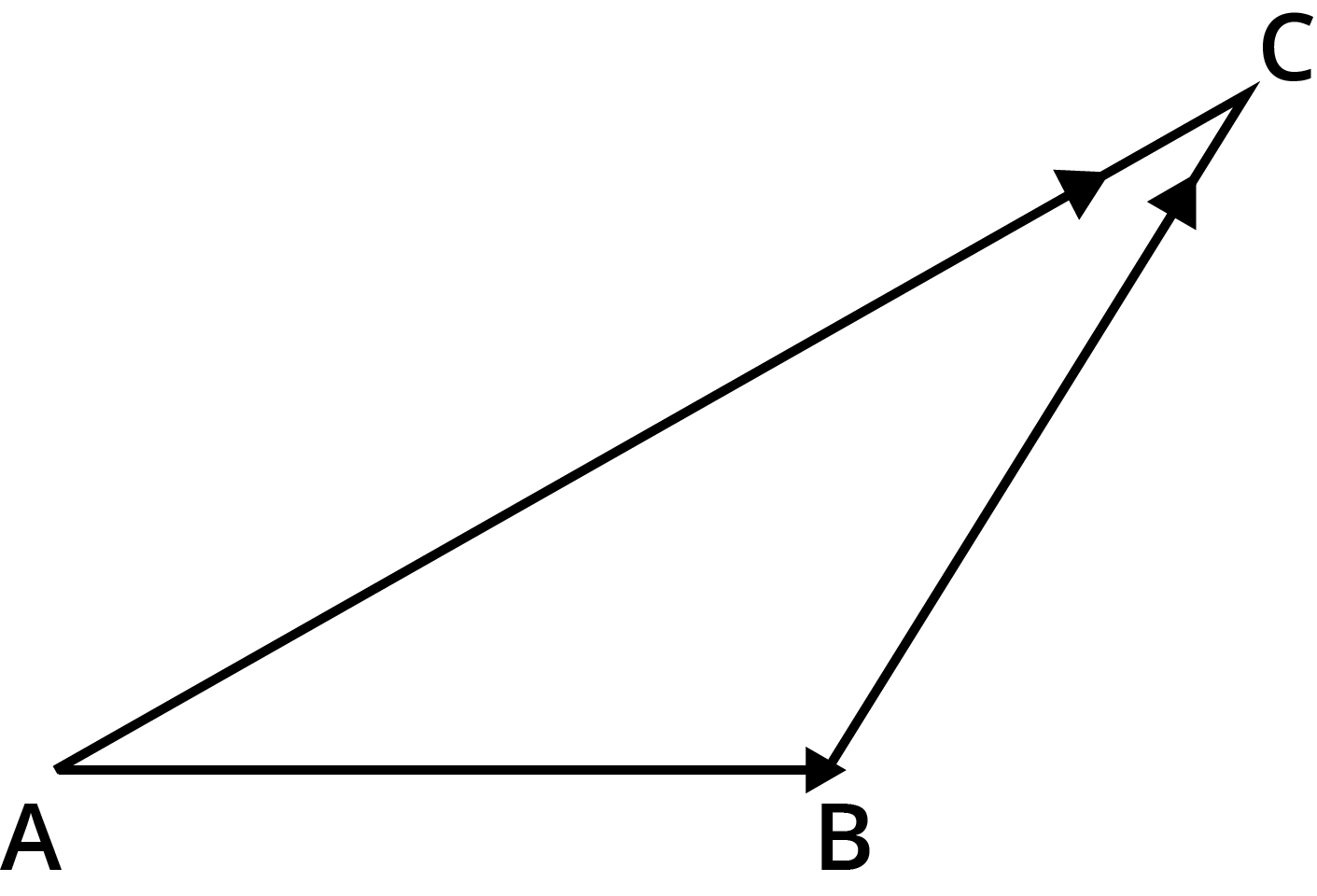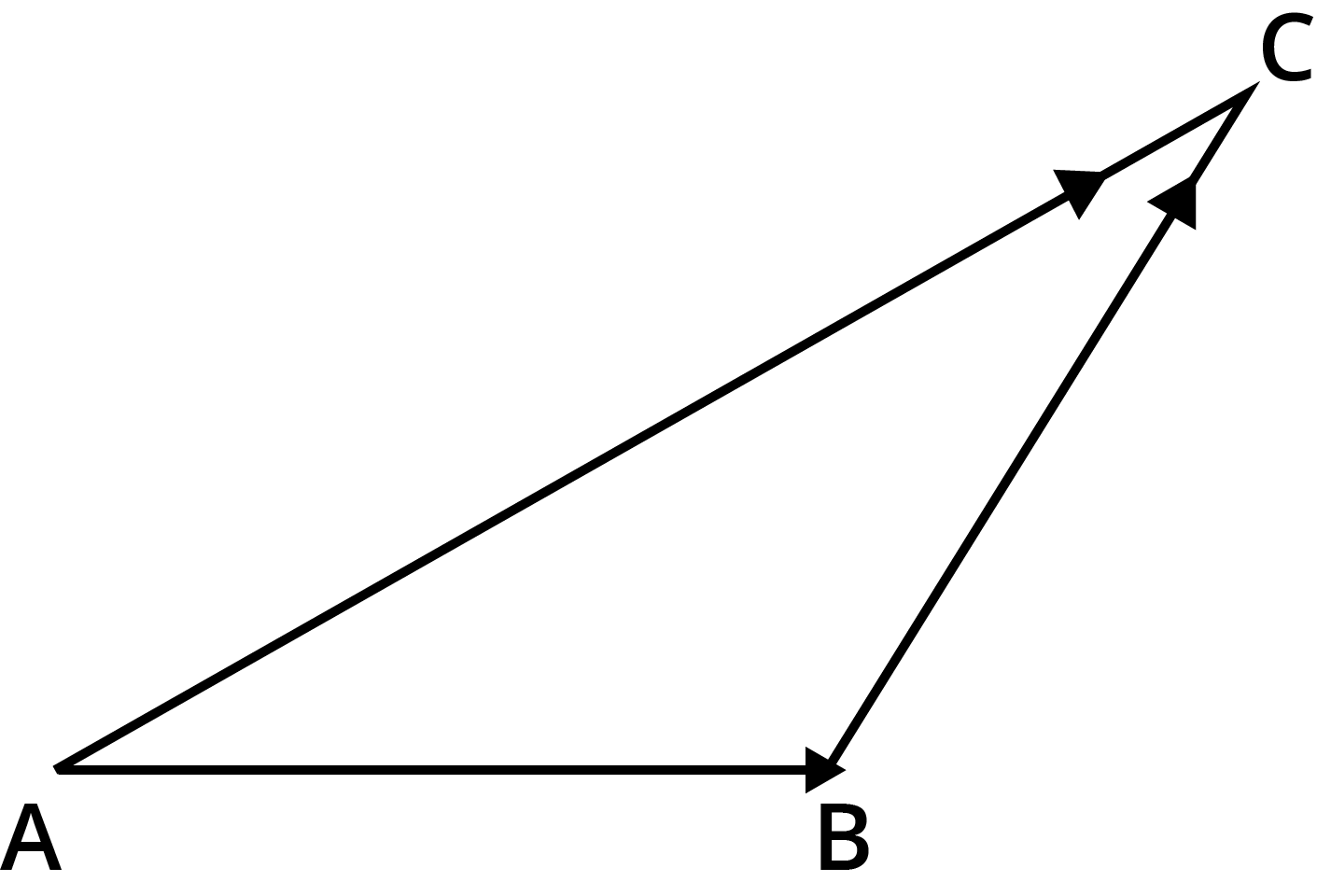NCERT Solutions for Class 12 Maths Chapter 10 Vector Algebra





















FAQs on NCERT Solutions for Class 12 Maths Chapter 10: Vector Algebra - Exercise 10.2
1. What does Class 12 Maths Chapter 10 Exercise 10.2 deal with?
Class 12 Maths Chapter 10 Exercise 10.2 of the NCERT textbook deals with Vector Algebra, which also contains the following topics:
Addition of Vectors
Multiplication of a Vector by a Scalar
a. Components of a vector
b. Vector joining two points
c. Section formula
All these topics have been explained in a concise manner along with the solutions to the problems asked in this exercise. All the solutions are accurate as these are solved by the well qualified subject matter experts and teachers.
2. How many questions are there in Class 12 Maths Chapter 10 Exercise 10.2?
Class 12 Maths Chapter 10 Exercise 10.2 consists of 19 questions of the various patterns. Solutions to all these questions are also being provided in our NCERT Solutions which are created by the highly experienced subject matter experts from the respective industry.
3. How many total exercises are there in Class 12 Maths Chapter 10?
There are a total of four exercises in the Class 12 Maths Chapter 10 of the NCERT textbook. Take a look at the list of exercises given below along with the number of questions contained in these exercises.
Class 12 Maths Chapter 10 Exercise 10.1: 5 Questions
Class 12 Maths Chapter 10 Exercise 10.2: 19 Questions
Class 12 Maths Chapter 10 Exercise 10.3: 18 Questions
Class 12 Maths Chapter 10 Exercise 10.4: 12 Questions
Class 12 Maths Chapter 10 Miscellaneous Exercise: 19 Questions
4. How can I download the NCERT Solutions Class 12 Maths Chapter 10 Exercise 10.2 from Vedantu website?
It is very easy to download the NCERT Solutions Class 12 Maths Chapter 10 Exercise 10.2 from Vedantu website. You just have to visit the Vedantu official website and look for the Class 12 category under ‘NCERT Solutions’ section. That’s all! You can easily access those notes without any hassle. Download the NCERT solutions and study as per your convenience at the comfort of your home.
5. How many questions are there in Exercise 10.2 of Chapter 10 Vector Algebra Class 12 Maths?
The total number of questions given in Exercise 10.2 of Chapter 10 Vector Algebra Class 12 Maths is 19. These 19 questions contain questions of several types. The questions will allow you to test your understanding of a particular topic as well as the entire concept of the addition and multiplication of vectors. The questions asked include finding the magnitude of vectors, writing vectors having the same direction, finding values of unknown variables in two equal vectors, and also finding statements that are false by applying the knowledge of vectors.
6. How can I strongly prepare Exercise 10.2 of Chapter 10 Vector Algebra Class 12 Maths?
Exercise 10.2 of Chapter 10 Vector Algebra Class 12 Maths tests how well you have understood the concept of vectors, the addition of vectors, and the multiplication of vectors by a scalar quantity. To enhance your understanding of the exercise, you will find the resources available at the Vedantu website and application to be of extreme use. You can supplement your preparation of the exercise by smartly utilizing the Vedantu resources and understand the concept comprehensively.
7. Where can I find Exercise 10.2 of Chapter 10 Vector Algebra Class 12 Maths solutions?
The solutions for Exercise 10.2 of Chapter 10 Vector Algebra Class 12 Maths are available free of cost on the two platforms of Vedantu- website as well as mobile application. All the resources provided by Vedantu are free of cost. The solutions can be downloaded on your phones or your laptops. You can use the solutions to speed up your preparation and can go through them as many times as you want. The solutions are prepared by the faculty after extensively analyzing the previous years’ papers.
8. How can I use Vedantu solutions effectively?
The solutions that are provided by the platforms of Vedantu are prepared after going through the syllabus, analyzing patterns and trends of previous years’ question papers, and understanding the demand of questions asked. The solutions will allow you to understand how to approach a particular question. The solutions will also help you to test whether you have followed all required steps in your solutions. You can also improve your presentation skills by understanding how to answer the answer in steps.





